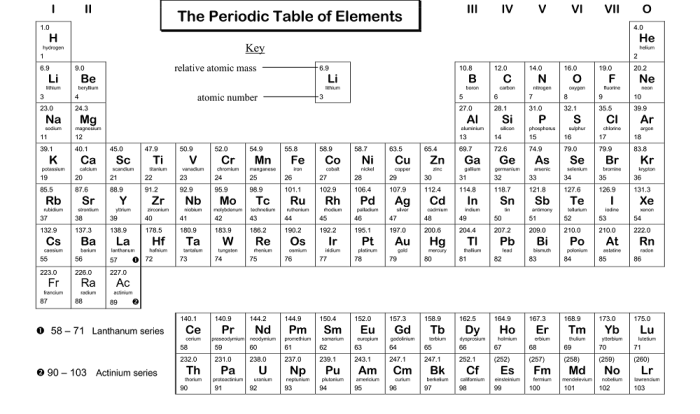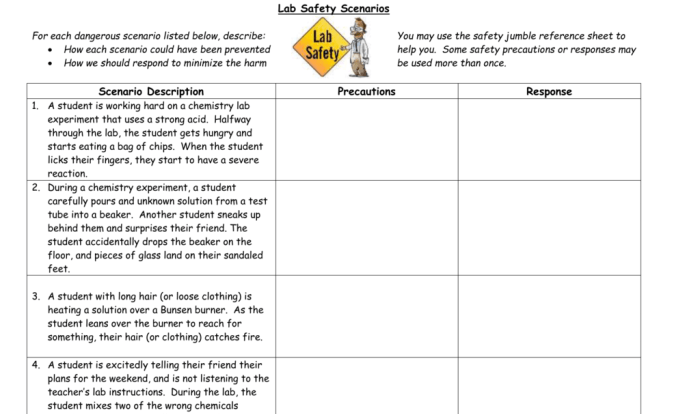The Double Helix Film Activity Student Handout serves as an indispensable tool for educators and students alike, providing a comprehensive exploration of the groundbreaking film “The Double Helix.” This handout delves into the scientific discoveries, historical context, and educational value of the film, offering a rich resource for enhancing understanding and fostering critical thinking.
Through an in-depth analysis of the film’s characters, relationships, and scientific advancements, this handout unravels the complexities of DNA research and its profound impact on the field of genetics. It examines the ethical implications raised by these discoveries, highlighting the film’s relevance to contemporary scientific and societal debates.
Film Overview: The Double Helix Film Activity Student Handout
The film “The Double Helix” explores the groundbreaking scientific discovery of the structure of DNA by James Watson and Francis Crick in the 1950s. It follows the intense rivalry and collaboration between the two scientists as they race against time to unravel the secrets of life’s building blocks.
Set against the backdrop of the Cold War and the burgeoning field of molecular biology, the film captures the excitement, frustration, and personal sacrifices involved in this scientific breakthrough.
Characters and Relationships
James Watson:An ambitious and brilliant American geneticist, driven by a desire to make a significant contribution to science.
Francis Crick:A British physicist with a background in X-ray crystallography, who brings a fresh perspective to the study of DNA.
Rosalind Franklin:A British crystallographer whose X-ray diffraction images of DNA provide crucial evidence for its structure.
Maurice Wilkins:A British physicist and colleague of Franklin, who shares her data with Watson and Crick.
The relationships between these characters are complex and competitive, as they navigate the challenges of working together while also striving for individual recognition.
Scientific Discoveries and Innovations
The film depicts the pivotal scientific discoveries and innovations that led to the understanding of DNA’s structure:
- Chargaff’s rules:The discovery that the ratios of certain nucleotides in DNA vary between species.
- X-ray crystallography:The use of X-rays to determine the atomic structure of crystals, including DNA.
- The double helix model:Watson and Crick’s proposal that DNA consists of two strands twisted around each other in a spiral shape.
These discoveries had a profound impact on the field of genetics, laying the foundation for our understanding of how genetic information is stored and transmitted.
Film Techniques and Style, The double helix film activity student handout
The film employs a variety of cinematic techniques to enhance its storytelling and emotional impact:
- Black-and-white cinematography:The film’s black-and-white aesthetic evokes the period setting and adds a sense of authenticity.
- Documentary-style footage:The inclusion of archival footage and interviews with real-life scientists provides historical context and lends credibility to the narrative.
- Dramatic score:The film’s soundtrack underscores the intensity and suspense of the scientific race.
These techniques contribute to the film’s overall atmosphere and immerse the audience in the scientific journey.
FAQ
What is the purpose of The Double Helix Film Activity Student Handout?
The handout is designed to enhance student engagement and understanding of the film “The Double Helix,” providing a structured framework for exploring its scientific, historical, and educational themes.
How can educators use this handout in the classroom?
The handout can be incorporated into science or history curricula, facilitating discussions on DNA research, the history of genetics, and the ethical implications of scientific advancements.
What key concepts are covered in the handout?
The handout explores the film’s portrayal of scientific discoveries, historical context, character relationships, ethical dilemmas, and the film’s educational value.


